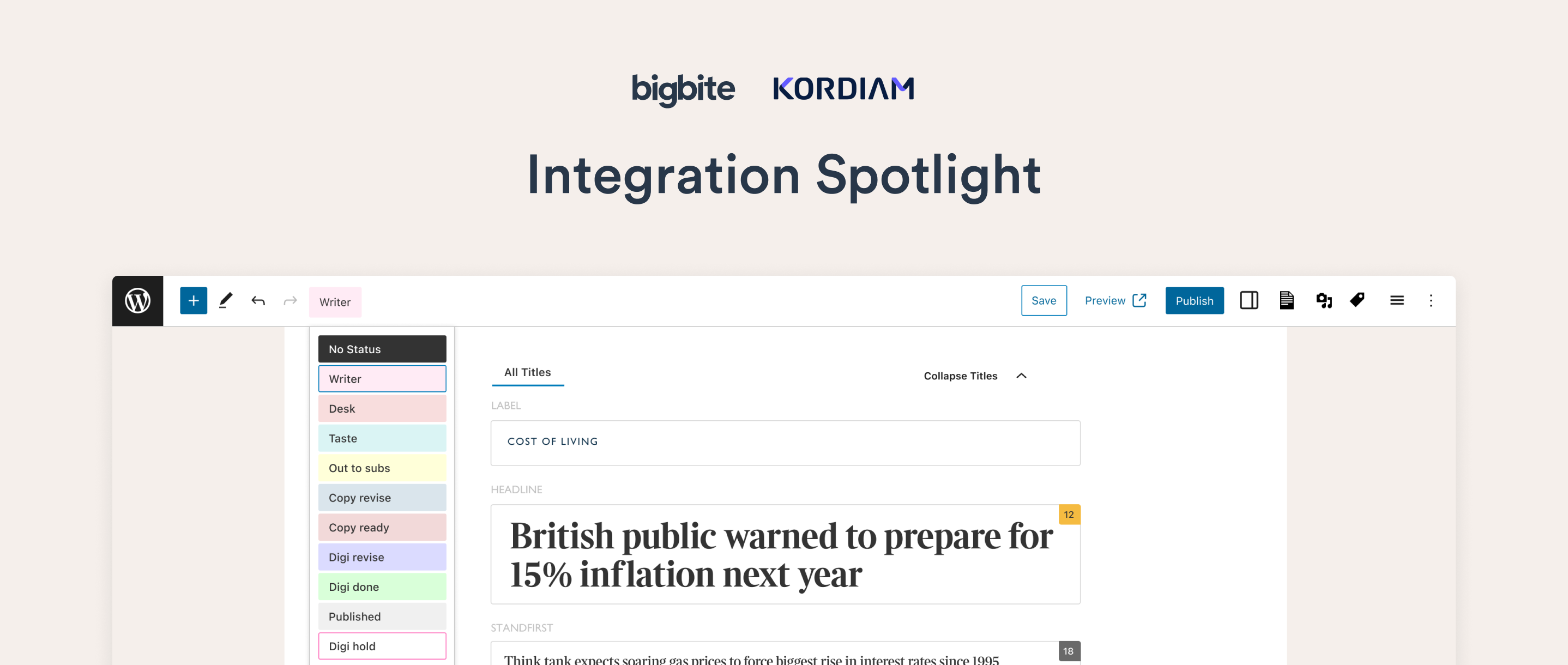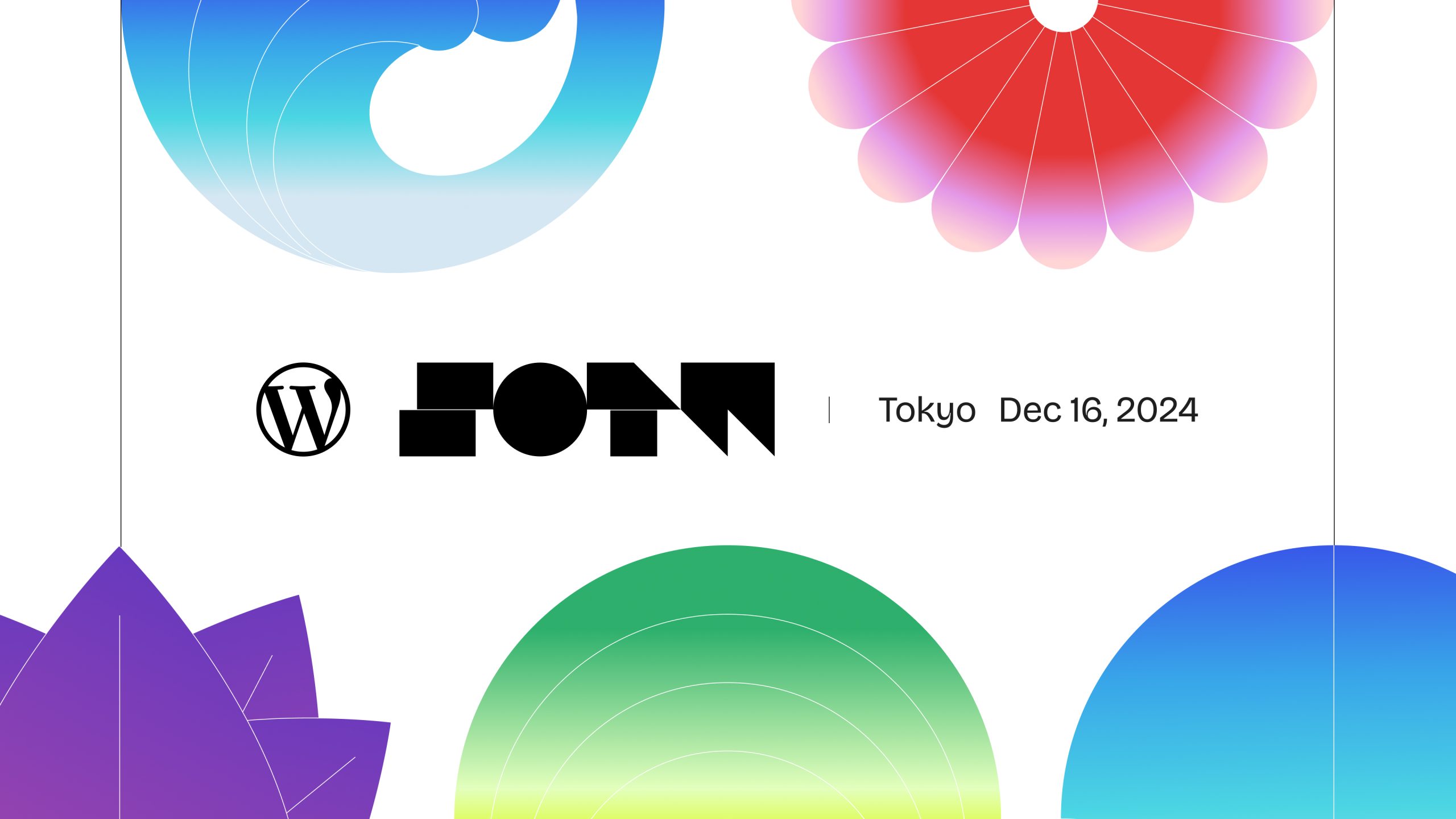After recently integrating WordPress with Kordiam (Formerly Desk-Net) on behalf of The Times, we wanted to share how the platforms work together to help journalists seamlessly co-ordinate, create and publish digital content. Here we catch up with Kordiam’s Matthias Kretschmer to explore the advantages.
Tell us about Kordiam – what does it offer to newsrooms?
Kordiamt helps newsrooms seamlessly coordinate their workflows. At its core, it offers content planning and coordination across any number and any type of platforms, but what really sets us apart is that we understand how newsrooms structure data and how they need to view it to work efficiently.
What content management challenges do newsrooms typically face?
In digital news, coordinating the daily story flow is the key focus, however it’s not just about planning content – especially in the medium to long term – it’s about planning the right content. Talking about user needs, audiences, topics, or the right time to publish – there is a lot more to planning than there used to be.
How does the WordPress and Kordiam integration streamline content management?
Kordiam integrates bi-directionally with WordPress, which means that stories planned in Kordiam create a post in WordPress, including data such as the description or the planned publication date. This removes the need for users to enter data twice, and enables them to quickly access one tool from the other via links.
Additionally, content directly published in WordPress – such as breaking news – is immediately synced with Kordiam. As a result, editors always have comprehensive and up-to-date story lists in Kordiam, making it easy to then assign these stories to other platforms, such as a newsletter or social media.
What other ways does Kordiam help newsrooms to overcome key challenges?
Planning and coordination is no longer just about the individual story, but about how it fits into the overall editorial strategy. Metadata such as user needs or audiences have found their way in and are used to support reporters in the creation of text and to give editors the opportunity to check the extent to which the content produced reaches the target groups overall.
This is exactly where Kordiam comes into play. Admins can quickly create such fields or edit them if necessary, and editors can then use them to check and evaluate the planned content flow. It also enables newsrooms to group stories into topics like #election2024 or #ukraine to see the big picture.
We both recently worked with Times Media to transform how it creates digital content – what tangible benefits has the publisher experienced since using Kordiam alongside WordPress?
Kordiam has become the single source of truth throughout the newsroom. With its flexibility, it provides each user, each desk, with exactly the information they need. From there, they coordinate the flow of digital content, and its direct integration with WordPress saves time and reduces errors.
Kordiam has allowed us to contain all our information in one place, making us much more efficient. It’s enabled us to create a single source of truth for all the stories we’re planning to publish, whether it’s today, this week, next week or beyond.
Luke Sikkema, Head of Editorial Operations – The Times
How does Kordiam ensure security and compliance, particularly when dealing with sensitive news content?
At the user level, we have the ability to segment content in the newsroom so that not everyone can see everything. Users can also set a story to be confidential, so only those actively working on it can see it.
When it comes to security in the development process, we’ve been successfully audited many times by the brands we work with, and they see that our ISO27001-certified engineering team has deeply embedded secure development processes. Risk management, automated vulnerability testing, etc. complement these processes.
What level of customisation and scalability does Kordiam offer to accommodate the diverse needs of different newsrooms?
From the ground up, Kordiam was designed for medium to large newsrooms, and several of our customers have more than a thousand users. Over the last decade, we’ve also seen content coordination processes diverge significantly, and Kordiam has responded by becoming ever more flexible. Adding a field to a specific platform – such as a notes field to the newsletter platform – now takes just a matter of seconds.
What updates can newsrooms expect from Kordiam in the near future?
We are in the middle of a major redesign of our user interface – page by page, Kordiam is becoming super-flexible in terms of what data is displayed and how it is displayed. We’re also improving Kordiam’s ability to reflect and execute different assignment workflows, as video workflows tend to be very different from text workflows, for example.
Another thing that will be made easier is receiving content from freelancers and, after review and approval, handing it off to WordPress for additional editing to further streamline content management workflows.
The Times
Transforming digital publishing for one of the UK’s largest publishers
Get an insider look at The Times’s digital transformation in our detailed case study, which covers everything from custom editorial features to mission-critical integrations with systems such as Kordiam.


